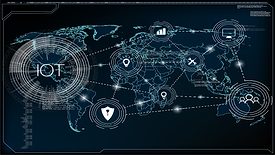Web Exclusive Stories
Can we close the gap between functional safety and cybersecurity in OT systems?
Both disciplines are essential to the operation of many critical systems. What will it take to bring them into alignment?
March 29, 2022
Using zero trust to safely power the business ecosystem
Zero trust network access solutions are often the first step in the zero trust journey
March 24, 2022
Sign-up to receive top management & result-driven techniques in the industry.
Join over 20,000+ industry leaders who receive our premium content.
SIGN UP TODAY!Copyright ©2024. All Rights Reserved BNP Media.
Design, CMS, Hosting & Web Development :: ePublishing












